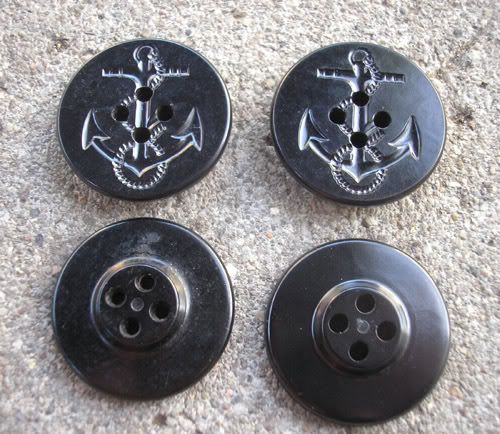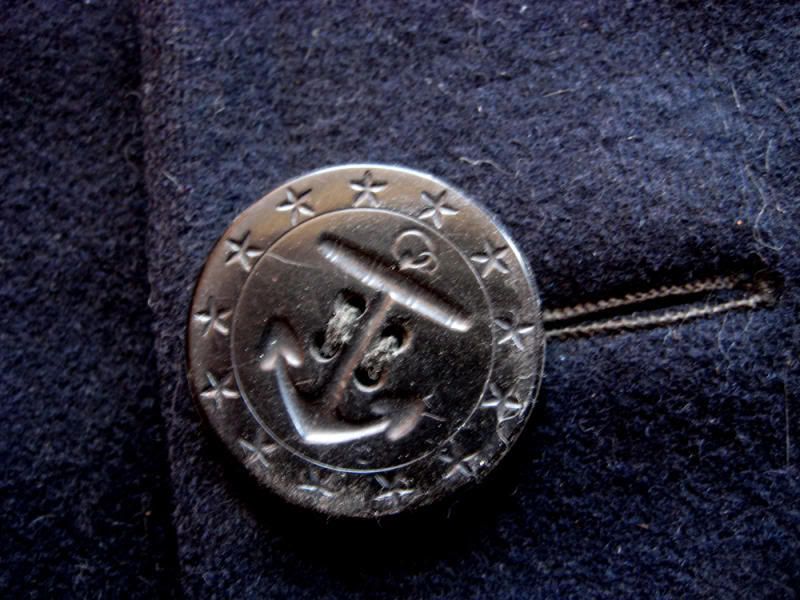sfflyfish
New in Town
- Messages
- 14
- Location
- San Francisco, CA
Being a stickler for detail I gotta ask; Do you know there's a special method for sewing on the button? It is sewn in a "Z" pattern. If there's any original buttons you will see it easily.
Also note the button's thread does not go all the way through the coat. Sewn correctly it is only stitched to the outer shell.
Pea Coat trivia of the first magnitude.
So there ya go...
Doug
Also note the button's thread does not go all the way through the coat. Sewn correctly it is only stitched to the outer shell.
Pea Coat trivia of the first magnitude.
So there ya go...
Doug
jake431 said:Thanks for all the assistance guys! I just got the jacket and it's aces. I need to sew back on one button - it's loose. But otherwise it's perfect. Couldn't be happier.
-Jake







